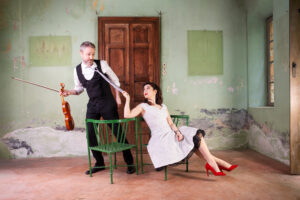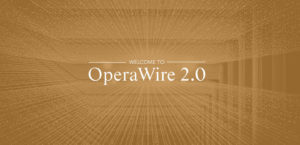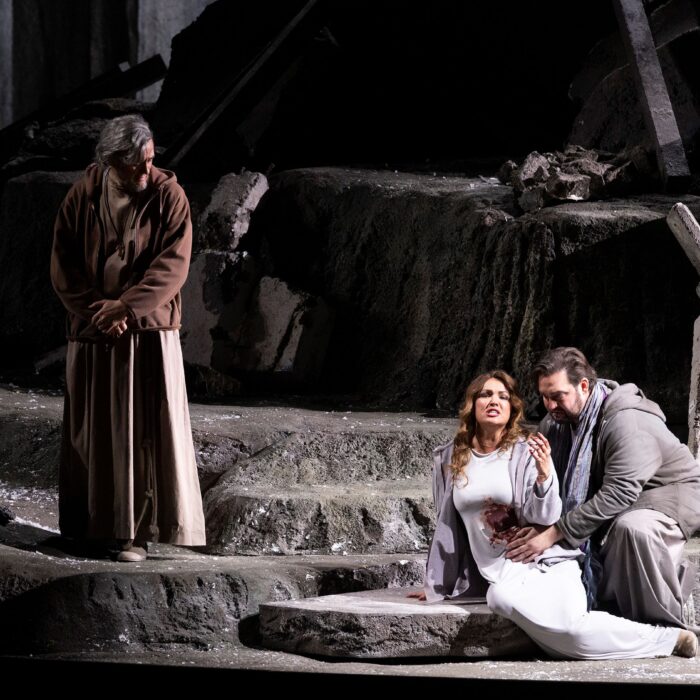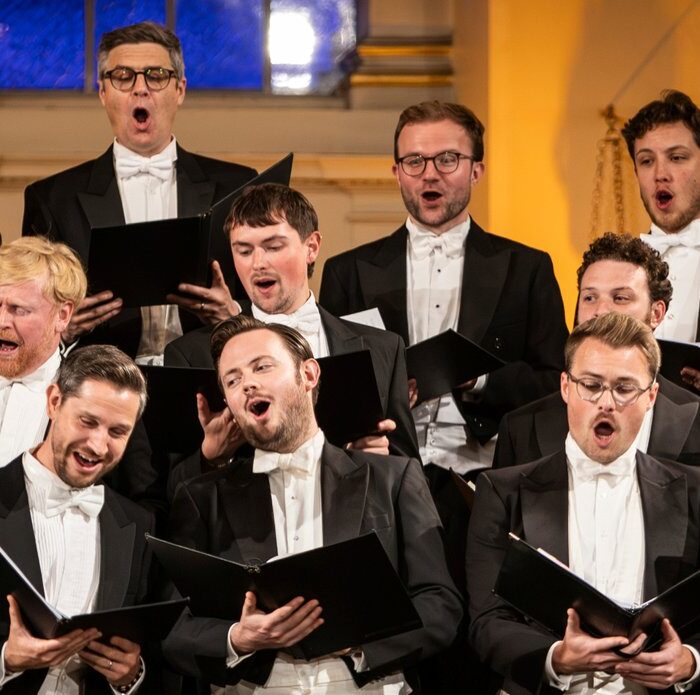
HamburgMusik 2024 Review: Oratorio per la Madonna del Rosario
By Mengguang HuangOn November 21, 2024, Hamburg’s Laeiszhalle hosted the opening concert of the five-day Viva Napoli festival, featuring the modern premiere of Leonardo Vinci’s Oratorio per la Madonna del Rosario after three hundred years’ obscurity.
Composed for the annual Rosary Sunday celebrations established by Pope Gregory XIII to commemorate the Holy League’s 1571 victory over the Ottomans at Lepanto, Vinci’s Oratorio per la Madonna del Rosario stands as a rare surviving example of the composer’s sacred music. Its narrative, reflecting the Eurocentric worldview of its time, portrays a moral dichotomy where Christianity triumphs over opposing forces. The story follows Alba, a Christian woman captured during a Moorish raid led by Selim, who becomes infatuated with her. Rejected and embittered, Selim threatens her life, but with divine intervention from the Virgin Mary and an angel, Alba is miraculously returned to her homeland, symbolizing the ultimate victory of faith and virtue.
Under the direction of baroque violinist Boris Begelman, Bologna-based ensemble Arsenale Sonoro captivated the audience from the first note of the overture. Vinci’s signature elastic phrasing and ornamentation were rendered with natural ease by the ensemble’s string section. They conveyed a palpable sense of enjoyment and spontaneity throughout, adeptly reflecting the contrasting personalities of the oratorio character. A standout moment occurred at the start of the second half, during the Virgin Mary’s aria. Here, the cello from the basso continuo delivered an unforgettable extended solo, its warm, human-like tone complemented by the gentle sound of flutes and violins. The tonal combination evoked the Virgin’s comforting presence with exquisite sweetness, enveloping the hall like a comforting embrace. After the aria concluded, the audience broke into spontaneous applause, a rare occurrence in the traditionally restrained setting
of religious oratorios. In sharp contrast, Selim’s arias were characterized by the biting and brutal tones of oboes and horns, effectively portraying his unyielding and cruel nature while horns occasionally struggling with intonation.
Soprano Francesca Aspromonte, in the role of Alba, was the undisputed star of the evening. Her clear, penetrating voice balanced softness with elasticity, bringing pastoral elegance to her arias. In the F major aria, she captured Alba’s serenity and innocence, symbolizing the character’s unwavering faith and inner purity even amid despair. Aspromonte’s fluent German interactions with the audience during instrumental tuning pauses, also added a touch of charm and humor to the night.
Standing next to Aspromonte, countertenor Nicolò Balducci, as the angel, took some time to warm up but delivered a compelling performance in the second half. His use of falsetto tones aptly conveyed the divinity of his role.
Meanwhile, baritone Fulvio Bettini as Selim gave a solid but underwhelming performance; his volume often failed to match the orchestra’s intensity, diminishing the dramatic tension in his pivotal scenes.
Sonia Prina, a seasoned Baroque performer, portrayed the Virgin Mary with a voice that lacked the gravitas expected for the role. Her casual stage demeanor and understated recitatives occasionally drew light laughter from the audience, detracting from the sacred gravity of her character.
The audience’s enthusiastic response underscored the success of the concert. Musicians gracefully repeated the final chorus as encore. The warmth of the performance, delivered in the renowned acoustic splendor of the Laeiszhalle and set against Hamburg’s wintry backdrop, brought a radiant touch of Southern Italy to the Hanseatic city.
The revival of Leonardo Vinci’s Oratorio per la Madonna del Rosario was not just another rediscovery but a vibrant addition to Hamburg’s diverse early music scene. This concert, a highlight of the Viva Napoli festival, highlighted the spiritual depth and dramatic richness of Neapolitan Baroque music, brought to life through thoughtful curation and exceptional performances. It offered a rare opportunity to experience the profound interplay of religious devotion and theatrical storytelling that defines Vinci’s art. It brought to mind René Jacobs’ observation in one of his CD liner notes: “Compared to instrumental music, we have done far too little to uncover the high-quality vocal repertoire of the Baroque period.”



